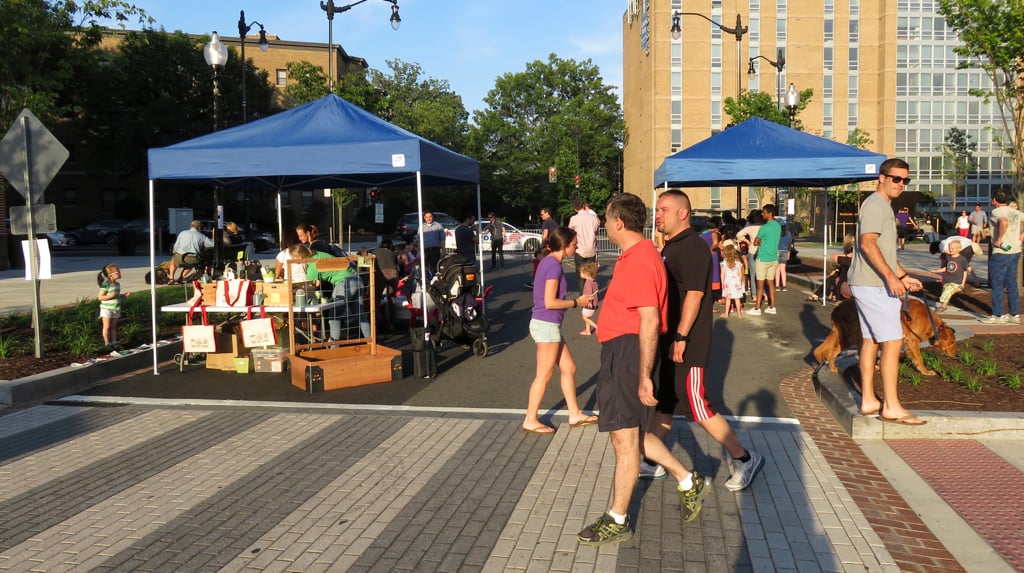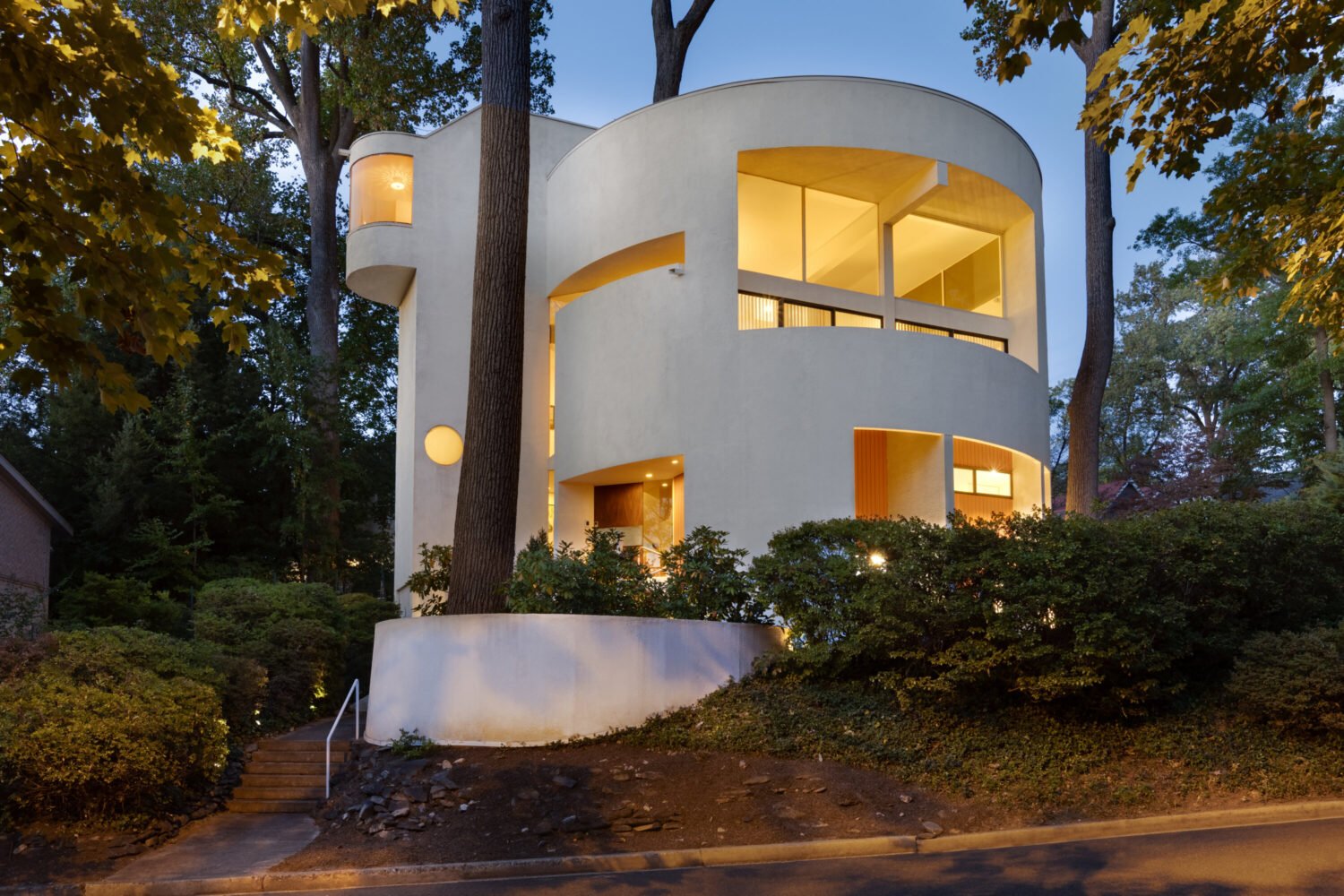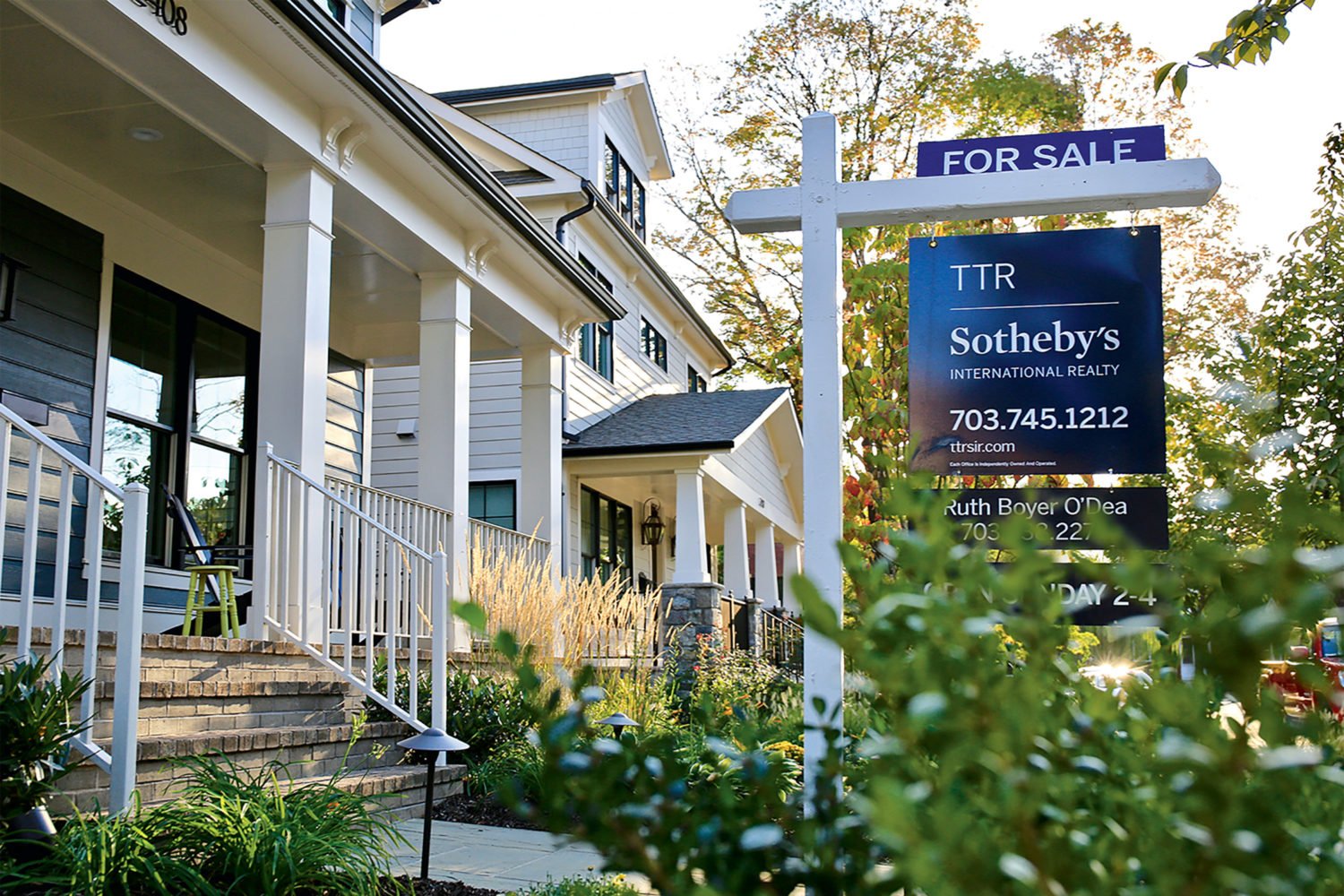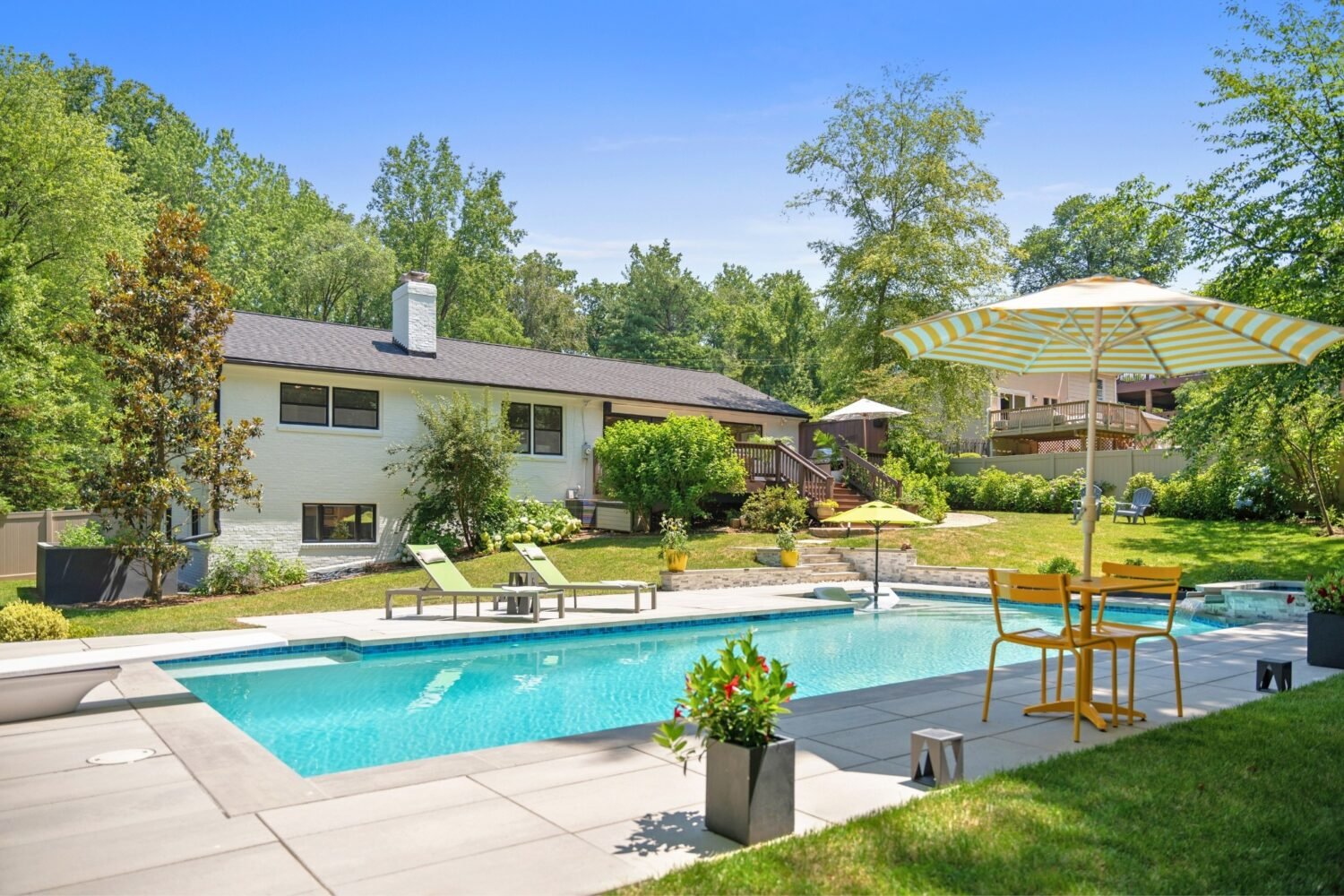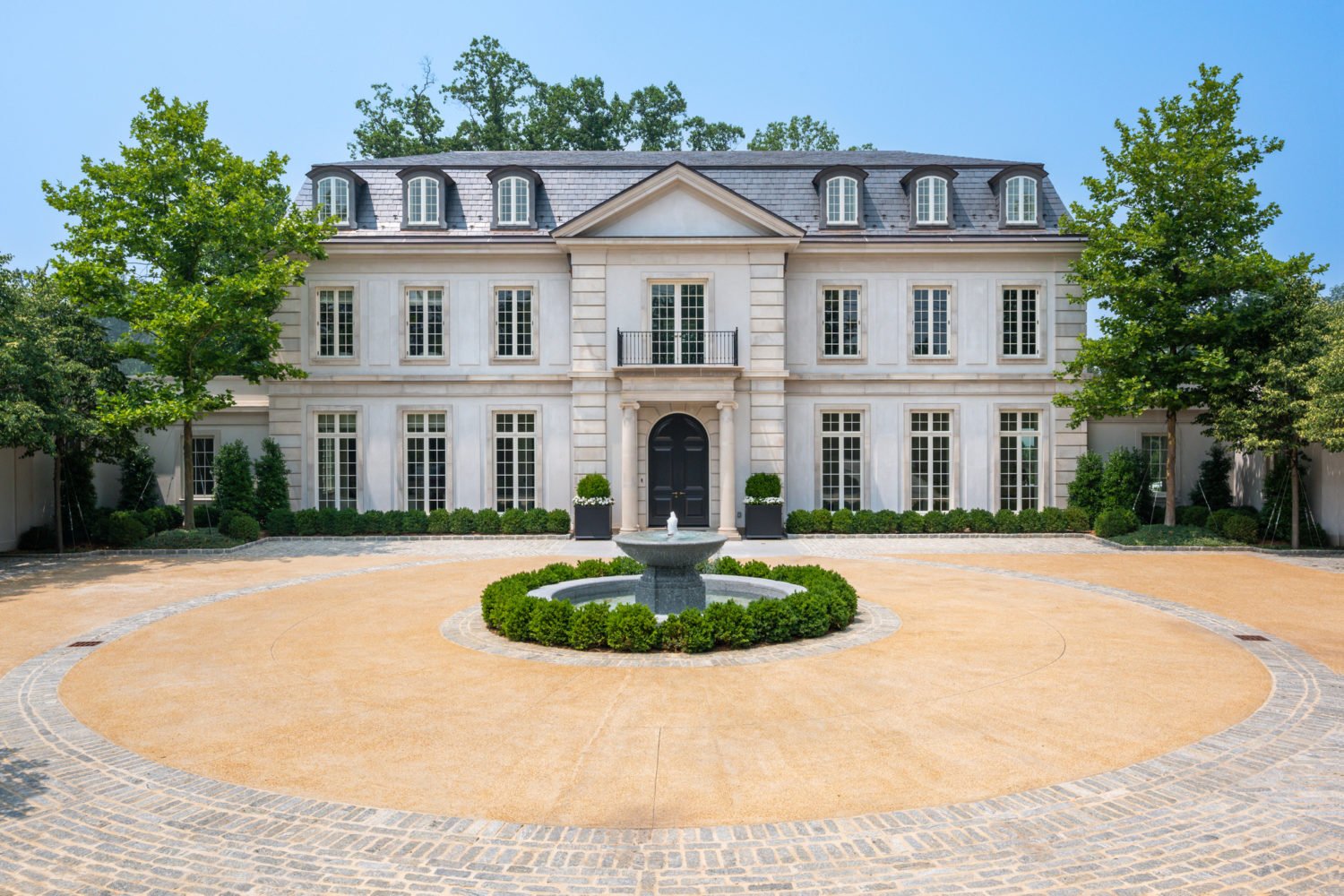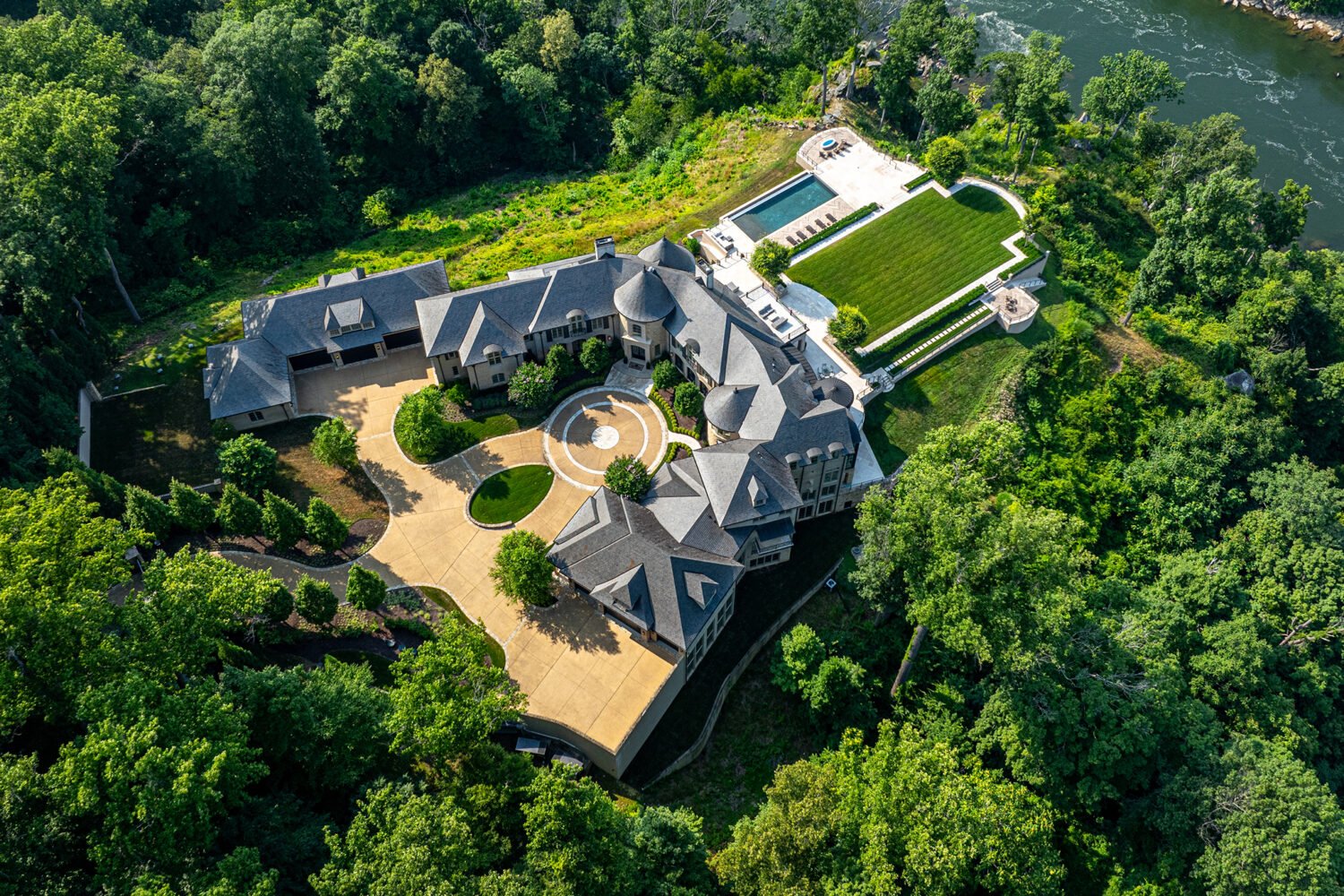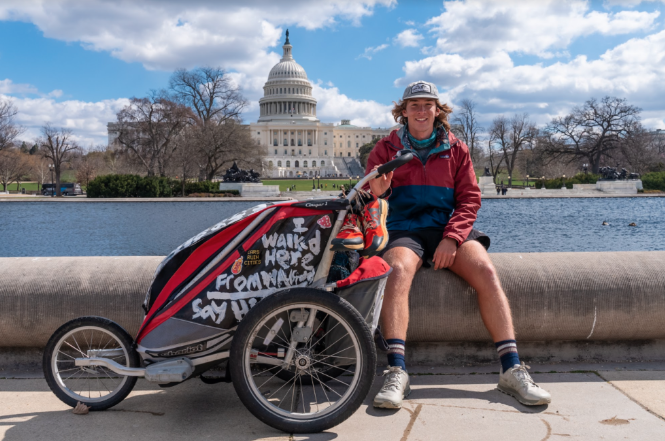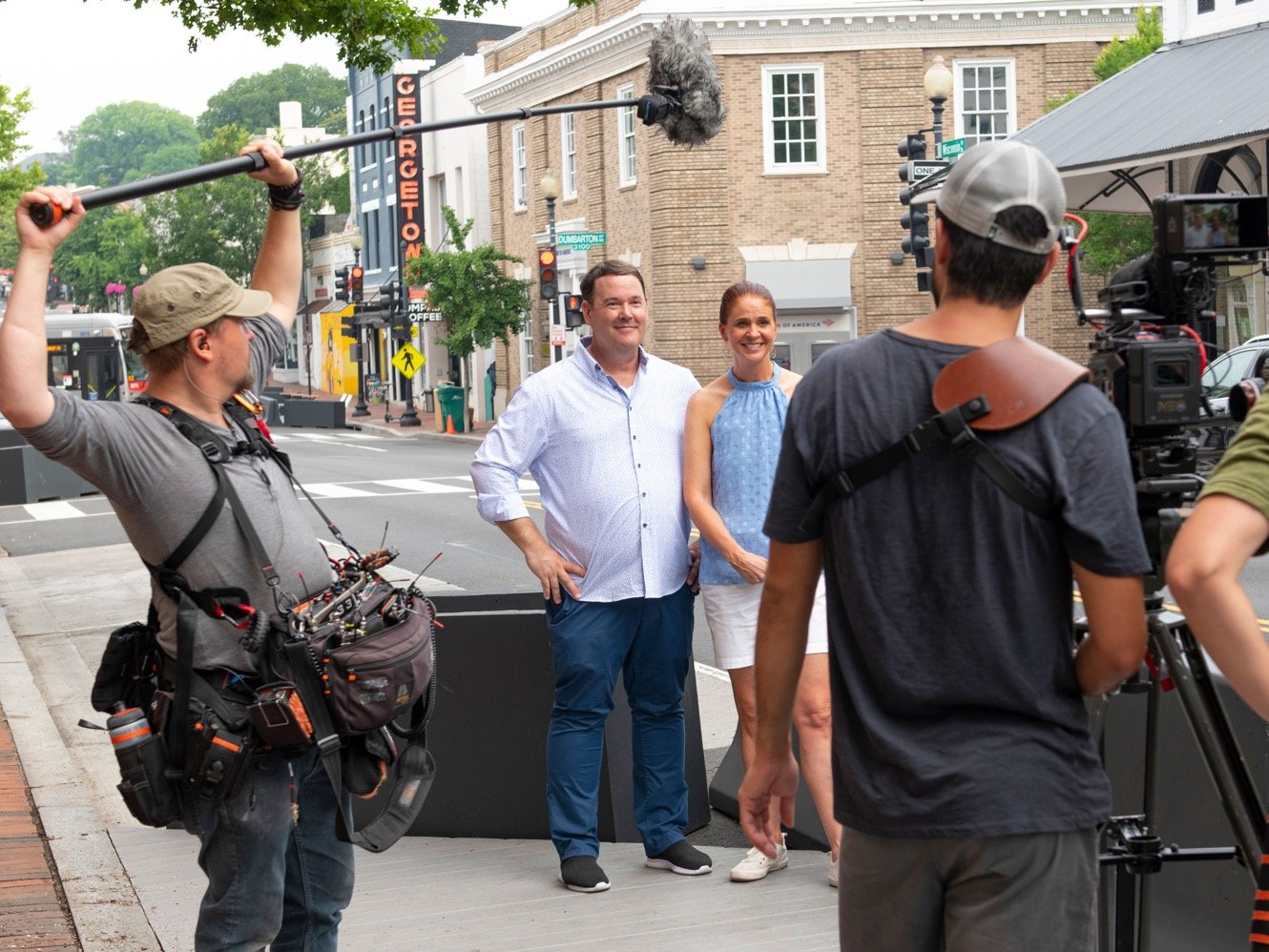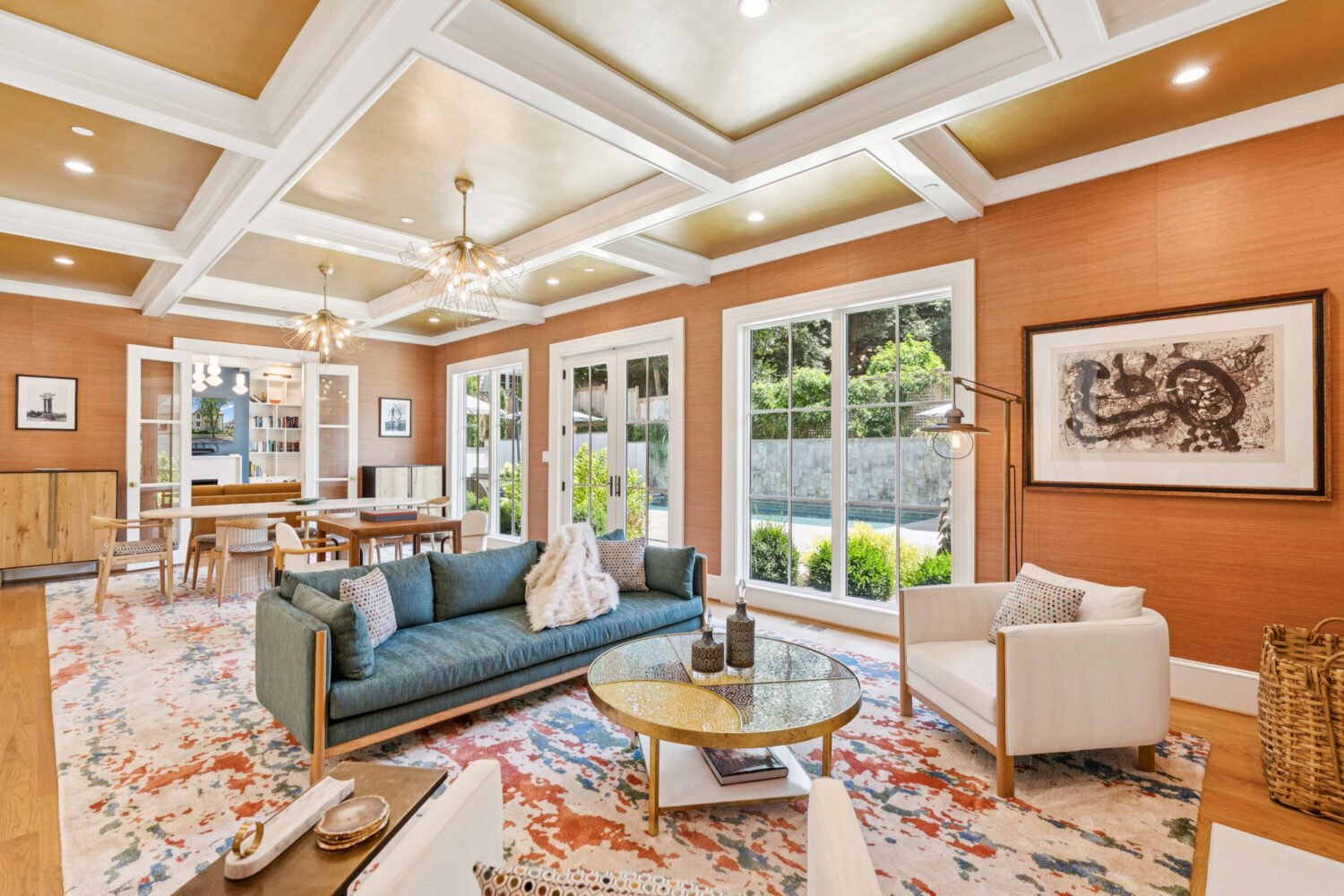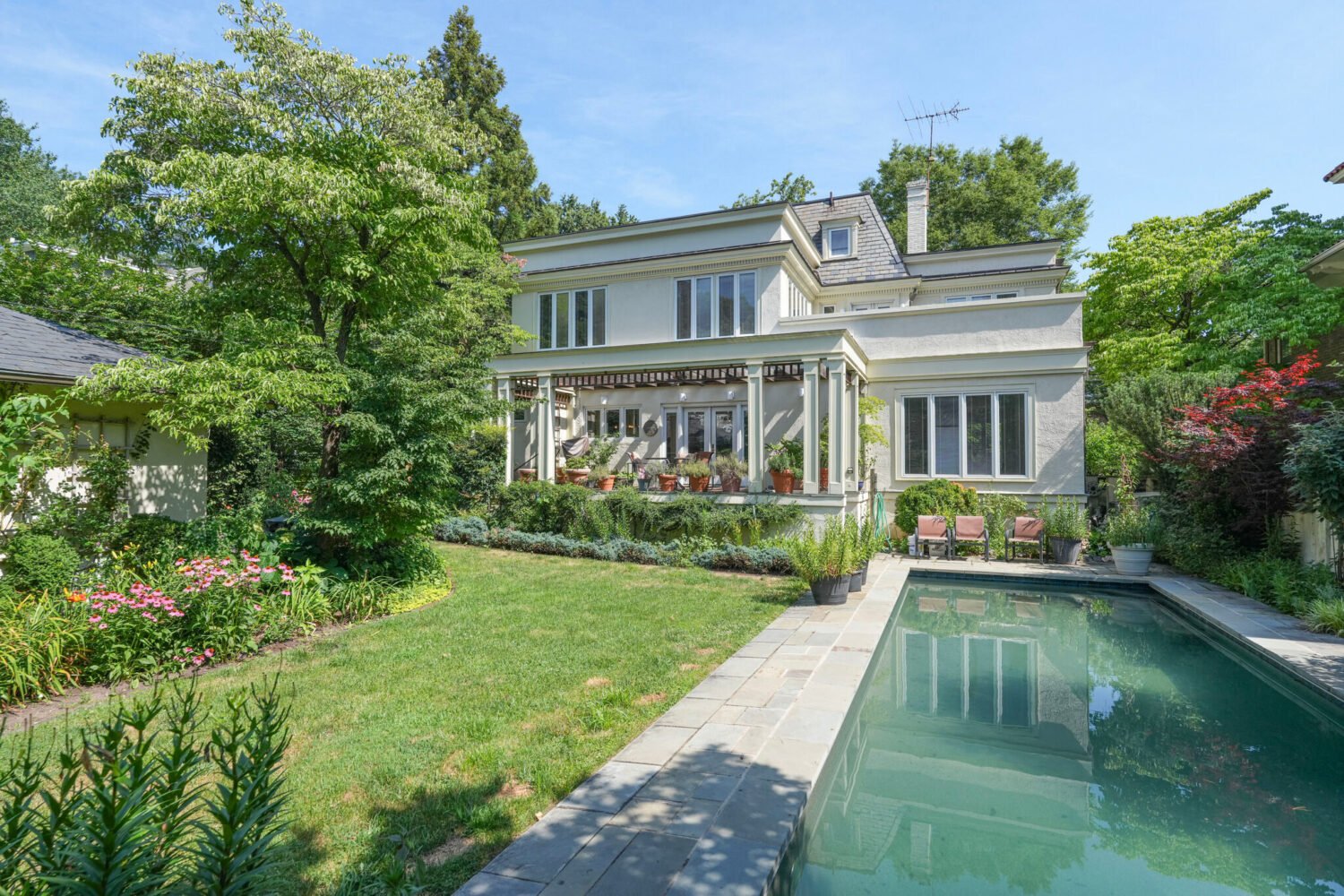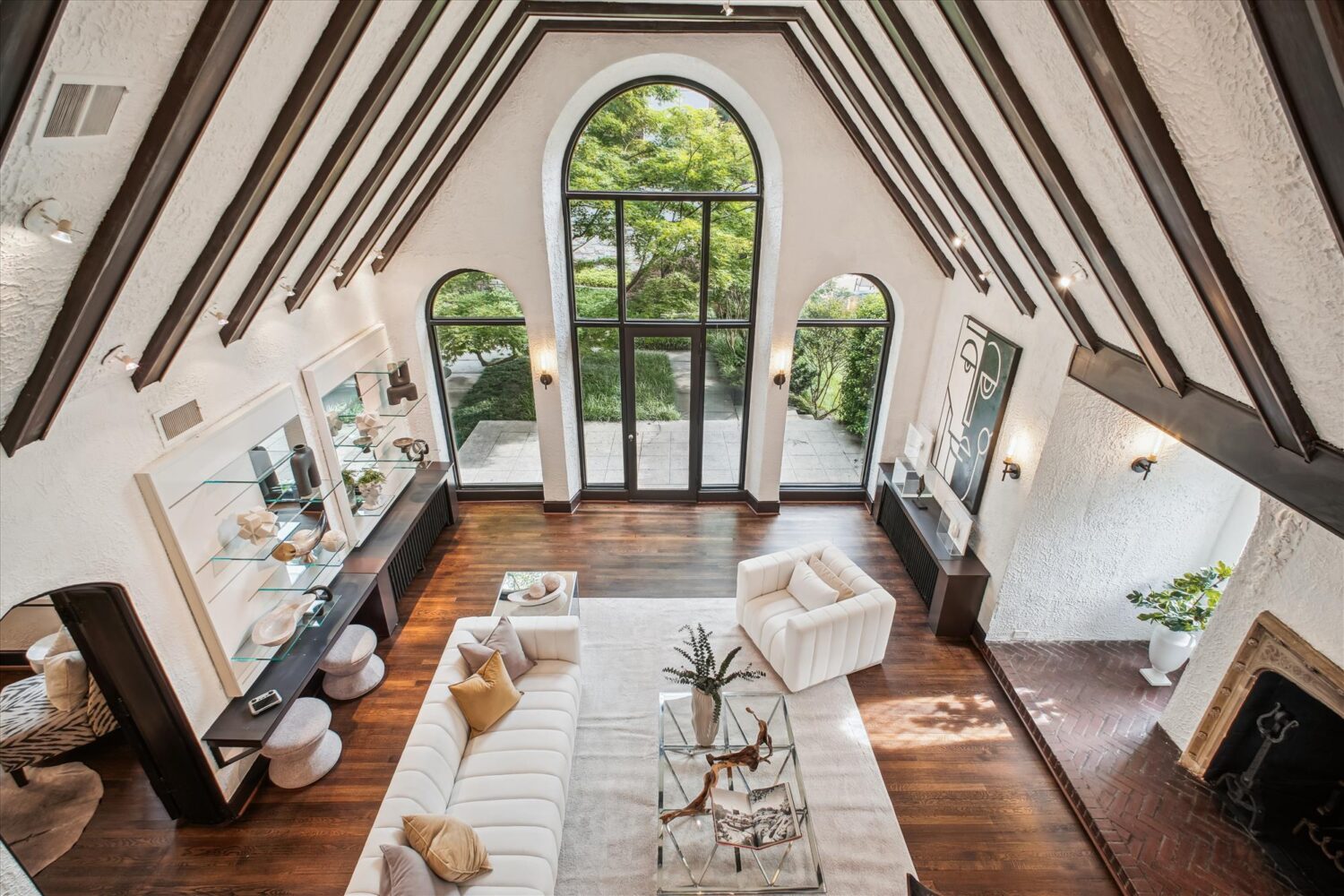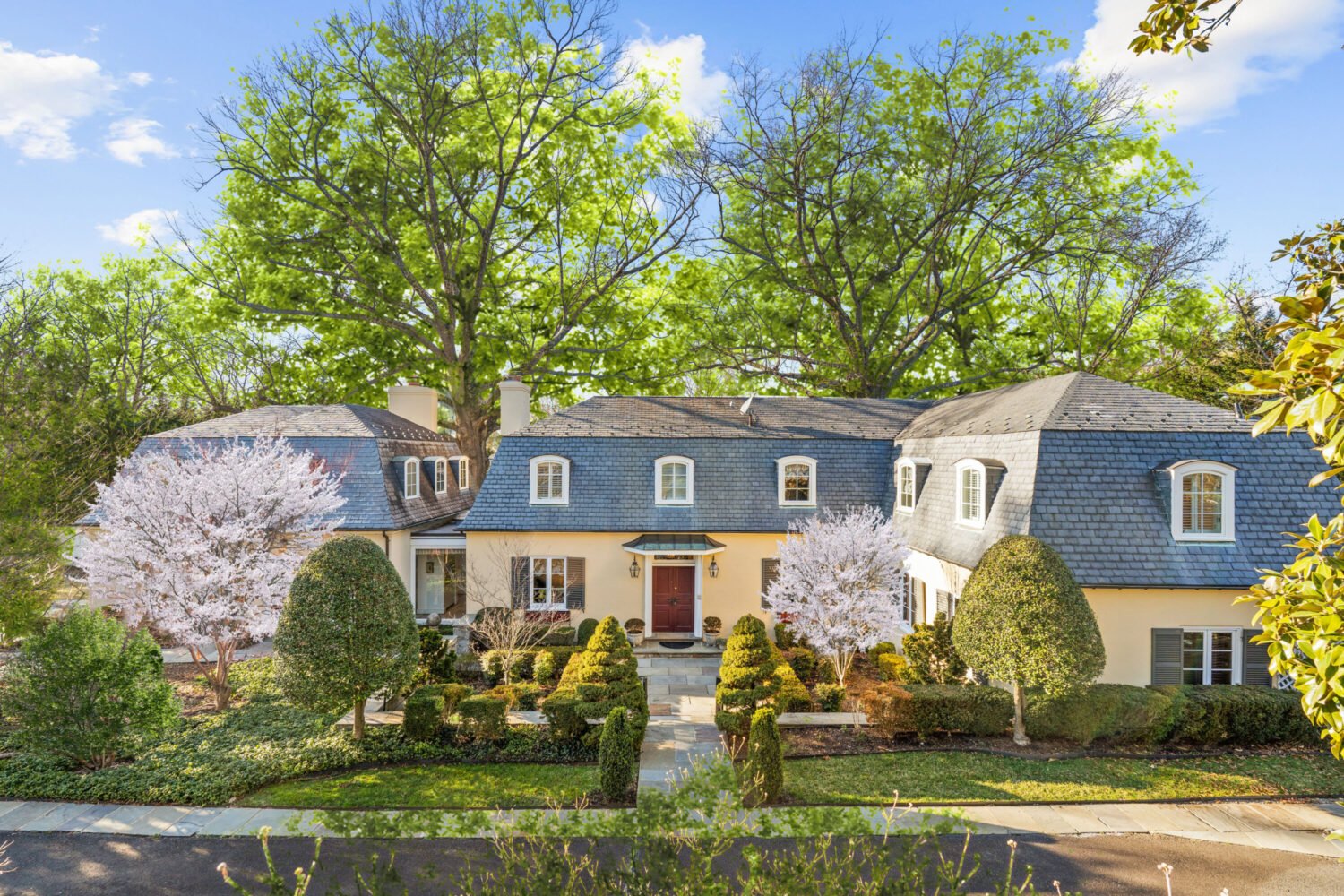Imagining the perfect home in Washington, you might once have pictured a big garage, multiple cars, and suburban bliss. Not anymore, says a new study by the real estate brokerage Redfin: homebuyers in DC and the surrounding area want to live within walking distance of schools, parks, and other urban amenities, and they’ll fork out significantly more money to get them than they would have to in any other major metro area.
Redfin’s study compared home values with “walk score” points, a metric the website uses to show incremental differences in walkability. Nationwide, the more walk score points a house has, the higher its value will be. The same is true for luxury homes, with the only exception being Orange County, California, where more walk score points actually corresponded with a decrease in home value (because going anywhere on foot is out of the question when you live with three Ferraris and suburban sprawl.)
Redfin ranks DC as one of the most walkable cities in the country, after only Boston and San Francisco. It would make sense for a city that’s already more pedestrian friendly than most to have less of a premium on walkable neighborhoods—but in Washington, that’s not the case: homebuyers actually have to spend more to nab a home in a walkable neighborhood here than they do in cities that are less walkable on the whole (specifically, $4,386 per point of walkability, higher than anywhere else.)
Redfin’s Alina Ptaszynski says it’s unclear why home values in the DC metro area are so highly impacted by walkability, when the area as a whole ranks high in pedestrian friendliness. What the study does make clear, she says, is that homebuyers no longer want long car commutes—and policymakers have been noticing for a while. “Local government and municipalities are trying to keep up with that demand,” Ptaszynski says. For the past decade or so, “live-work-play” communities have been on the rise, attempting to combine the convenience of urban life with the security of suburban living. Everywhere you look around the area, mixed-use developments are shooting up, like this 20-acre renewal in Northeast or Tysons, where developers are using the Silver Line to transform the overgrown office park into a living, breathing city.
Not everyone wants to commute on foot—just ask the residents of Hawthorne, in upper Northwest DC, who are currently at war over whether to make their neighborhood more walkable by installing sidewalks. But if Redfin’s data shows anything, it’s that places like Hawthorne, which were once the rule in their low prioritization of walkability, are now the exception.

